Plastic Jar :
Pine honey
Nutritional Value per 100gr
Energy 1389Kj / 332Kcal
Fat 0g – of which saturated 0g
Carbohydrates 83g – of which sugars 70g
Edible Fiber 0g
Protein 0g
Salt 0g
mindyourplate
Pine honey is the star of Greek honey production since almost 65% comes from this gifted tree that covers large parts of the fertile land of our country.
Pine honey is produced in regions and seasons where arable land is not sprinkled or sprayed with plant protection substances, far from the burdened environment of cities, thus providing the possibility of exploiting bees in an organic way.
Thanks to the large number of minerals and trace elements it contains in high concentrations -calcium, magnesium, zinc, iron, copper, potassium and sodium-, pine honey is a honey of high nutritional value. After all, apart from the sugars, when the honeydew passes through the pine worker’s body, it is enriched with vitamins, nitrogenous substances, proteins and amino acids, in concentrations greater than those contained in the nectar.
Pine honey has a low glucose content, as a result of which it takes a long time to crystallize.
According to official studies, pine honey is an excellent source of antioxidants. In particular, based on research conducted in 2007 on different varieties of honey, it was found that honeys produced from honeydew secretions such as pine honey have more antioxidant properties than those produced by bees when they feed on nectar from flowers.
TASTE: The taste of pine honey is woody with a strong caramel sensation. In addition, thanks again to the low concentration of sugars, pine honey is mildly sweet.
COLOR: The color of pine honey varies according to the season of its production. Specifically, spring pine honey is lighter and clearer than autumn honey, which is darker in color.
PRODUCTION REGIONS: Crete, Sterea Ellada, K. Macedonia, Rhodes.




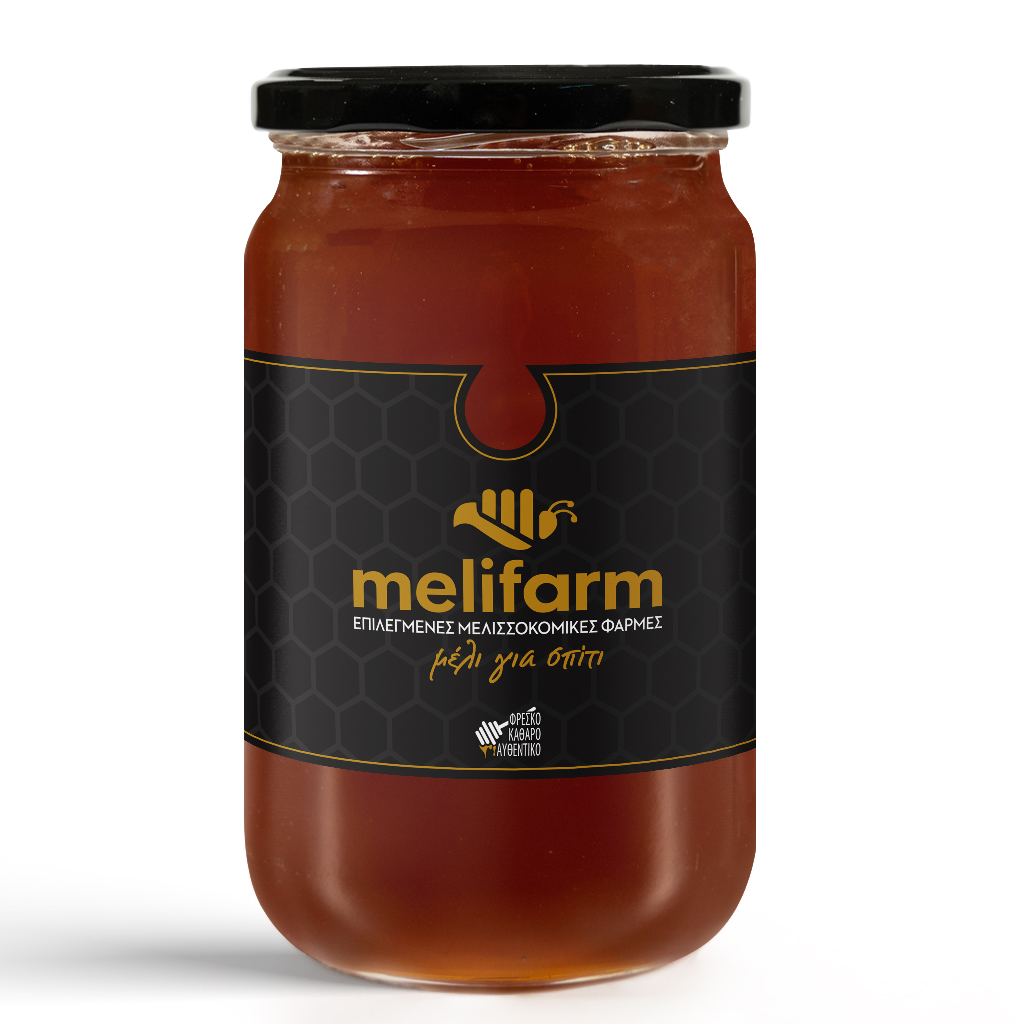
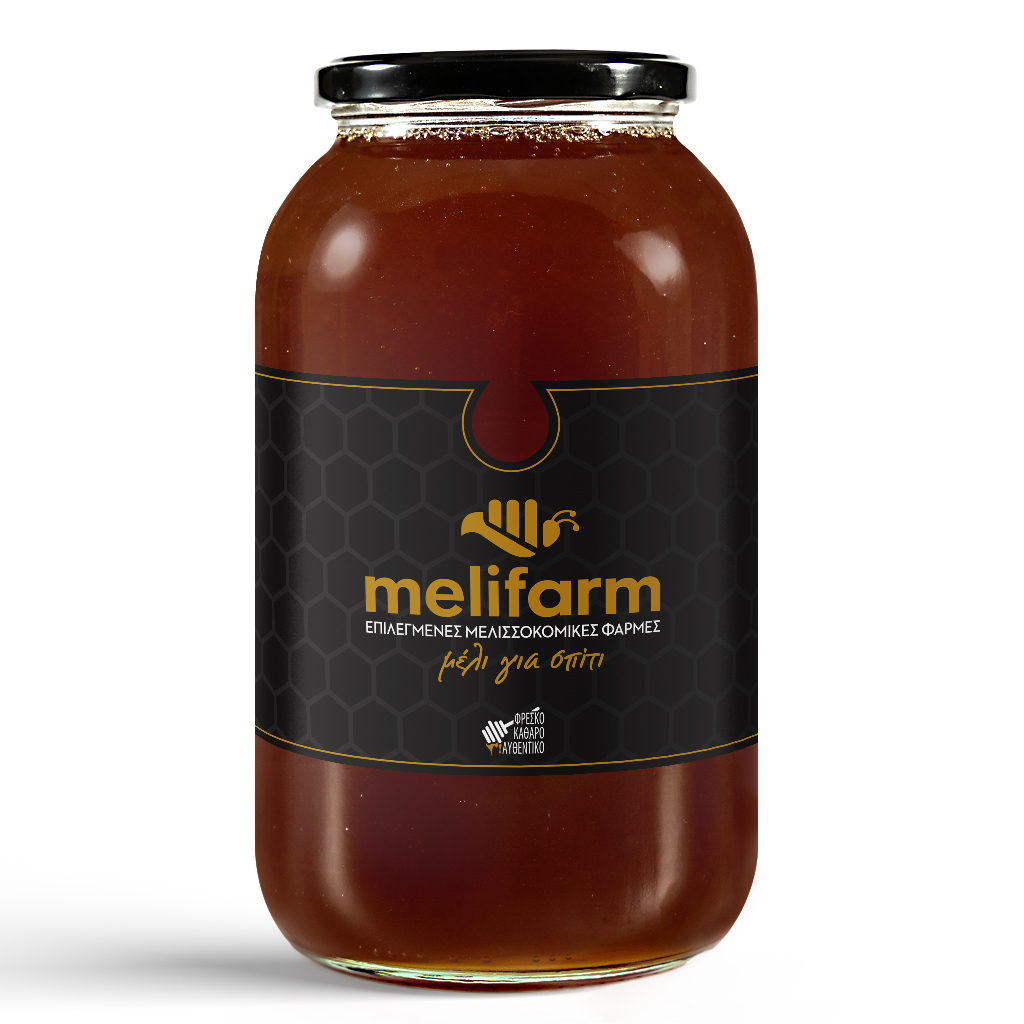
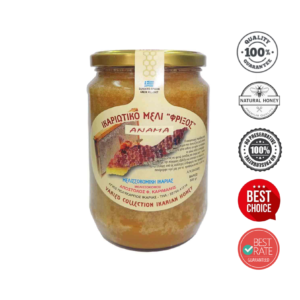







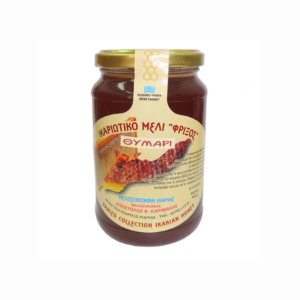




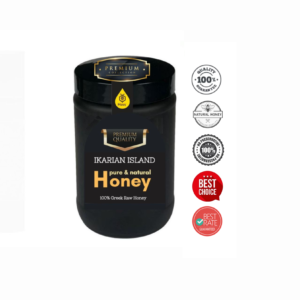

















Reviews
There are no reviews yet.